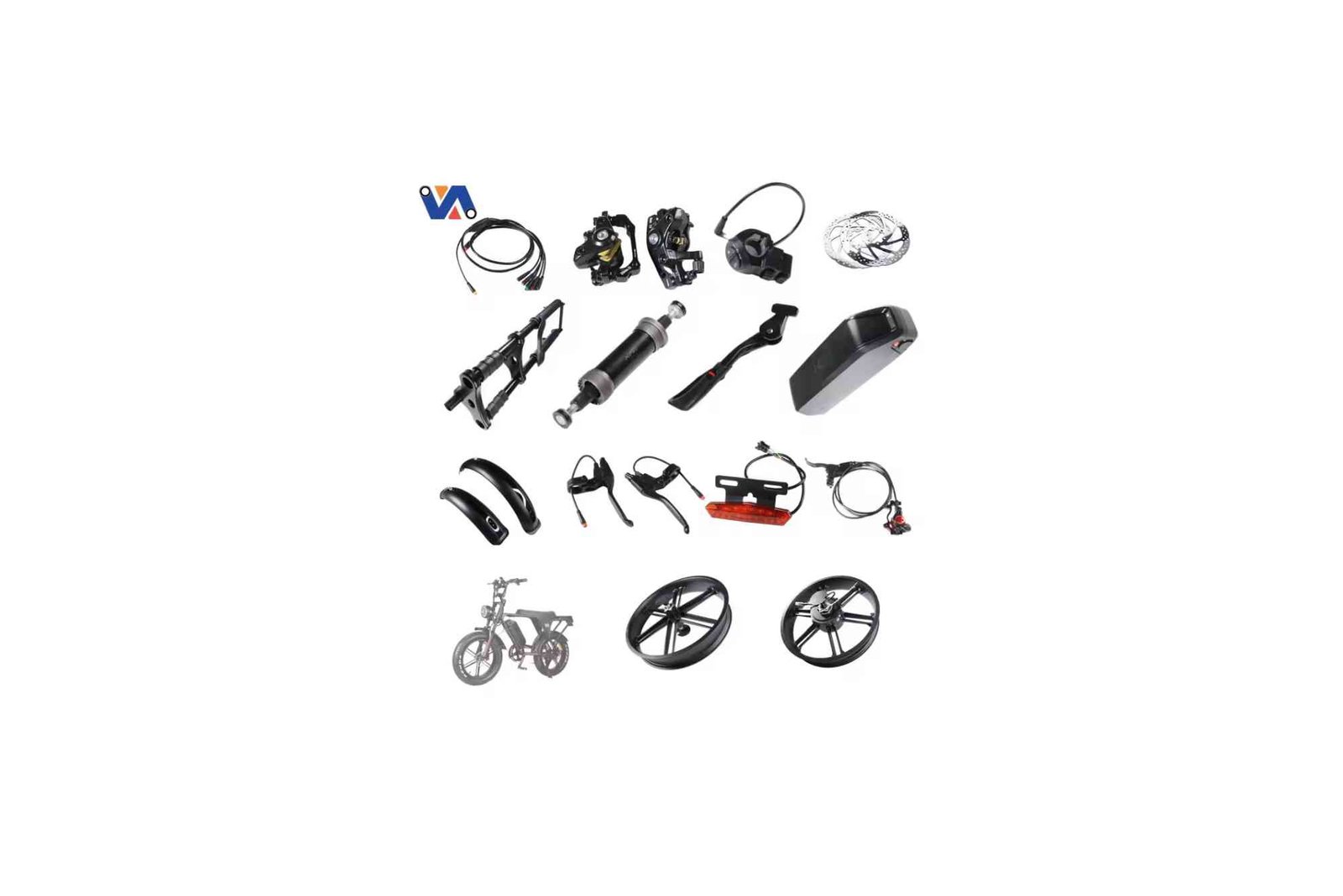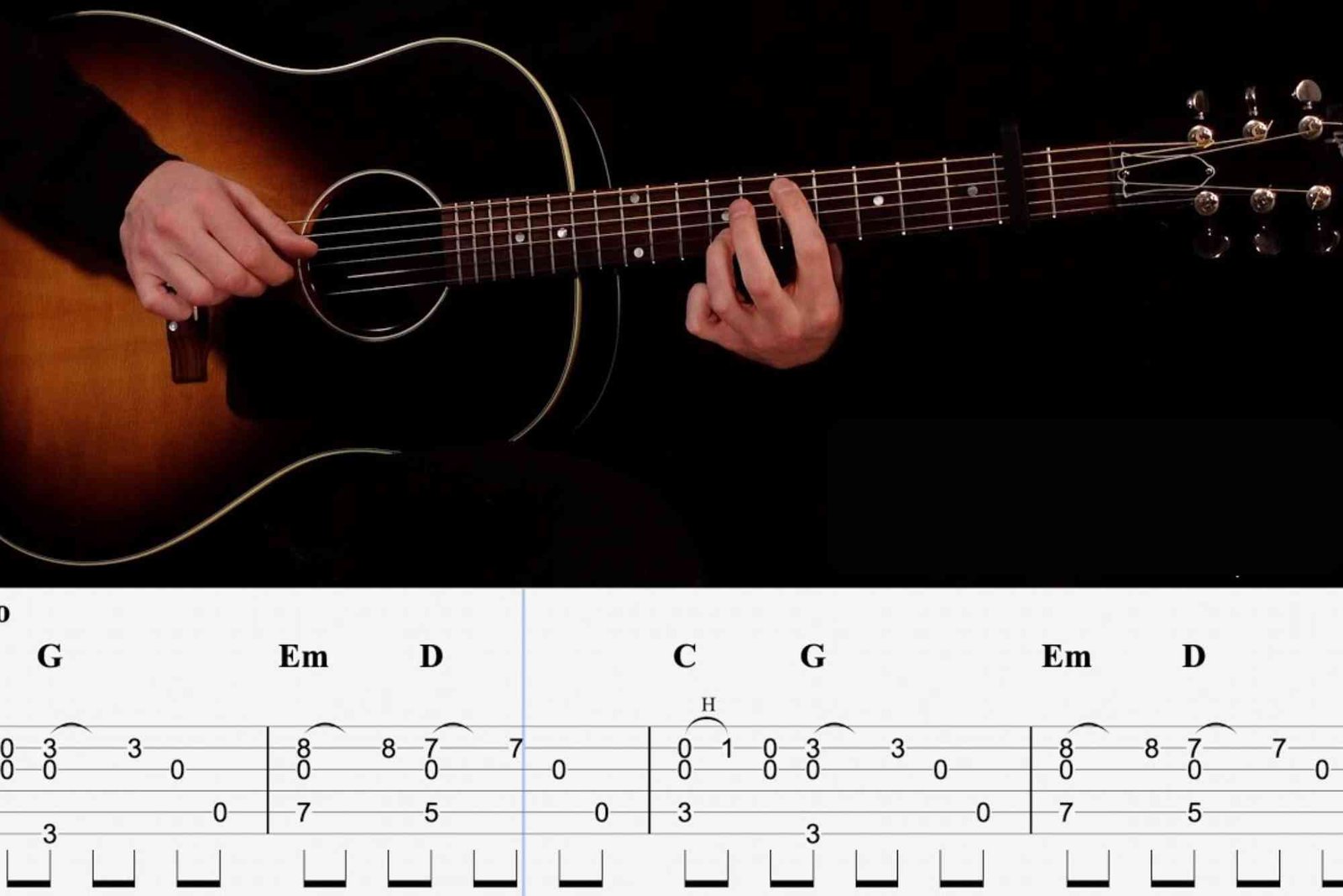Practical Guide: Many Spare Parts In A Bike
When you look at a motorcycle, what you see on the surface is only a small fraction of its complexity. Beneath the shiny exterior lies a network of intricate systems and components working in harmony. Each of these parts plays an essential role in ensuring performance, safety, and comfort. Understanding how many spare parts in a bike are involved can help you maintain your vehicle efficiently, troubleshoot problems, and even make better purchase decisions. This practical guide explores everything you need to know about bike spare parts, their functions, and maintenance tips that keep your two-wheeler in top condition.
Understanding the Anatomy of a Bike
Every bike, whether a simple commuter or a high-end sports machine, is made up of hundreds of spare parts. These parts can be grouped into main categories: engine components, body and frame parts, electrical systems, suspension, transmission, and accessories. Each category contributes uniquely to how your bike performs on the road. Knowing them helps you make sense of how your motorcycle operates and what needs attention when it starts to underperform.
Engine Components – The Heart of the Bike
The engine is often called the heart of a motorcycle, and for a good reason. It converts fuel into motion, giving life to your ride. Some of the crucial spare parts in this system include pistons, cylinders, spark plugs, valves, crankshafts, and camshafts. Each of these plays a specific function. For example, pistons move up and down to create compression, while the crankshaft converts this motion into rotational energy. Spark plugs ignite the air-fuel mixture, and valves manage the inflow and outflow of gases. When these parts work in sync, you get smooth acceleration and consistent performance. Proper maintenance, like changing engine oil regularly and checking spark plugs, ensures longer life for your engine components.
Frame and Body Parts – The Skeleton of the Bike
The frame serves as the backbone of the motorcycle. It holds everything together, from the engine to the suspension and seat. Frames come in different materials, including steel, aluminum, and carbon fiber, depending on the bike’s purpose. Alongside the frame, you have the fuel tank, fenders, fairings, and side panels. These not only enhance the bike’s appearance but also improve aerodynamics and protect internal components. For example, fairings help reduce wind resistance, allowing for smoother rides at higher speeds. Regular cleaning and rust prevention go a long way in maintaining these parts.
Electrical Components – The Power Network
Modern bikes depend heavily on electrical systems. The battery, alternator, ignition coil, and wiring harness form the foundation of this system. The battery stores power and supplies it to start the engine, while the alternator keeps it charged as you ride. Lighting systems, including headlights, tail lights, and indicators, are crucial for safety, especially at night. The ignition system controls when the spark plug fires, affecting fuel efficiency and engine smoothness. Problems in these parts often lead to starting issues or dim lights. Routine inspection of wiring and battery terminals prevents sudden electrical failures.
Transmission and Drivetrain – The Movement System
The transmission system ensures power from the engine reaches the wheels effectively. This system includes the clutch, gearbox, chain, and sprockets. The clutch allows smooth gear shifts, while the gearbox manages the power ratio depending on speed and torque. Chains and sprockets transfer that power to the rear wheel, propelling the bike forward. Worn-out sprockets or loose chains can reduce performance and even cause accidents. Regular lubrication and tension adjustments keep your drivetrain functioning efficiently and extend the life of these spare parts.
Suspension and Braking Systems – Comfort and Safety
Suspension and brakes are critical for ride comfort and safety. The front fork and rear shock absorbers absorb road impacts, ensuring a smooth and stable ride. Suspension tuning differs across bikes—sport bikes have stiffer setups for better control, while cruisers use softer settings for comfort. The braking system, comprising discs, pads, calipers, and brake fluid, provides stopping power. Properly maintained brakes not only improve performance but also prevent accidents. Always check brake pads for wear and ensure your brake fluid levels are optimal.
Wheels and Tires – The Contact with the Road
Your bike’s connection to the road depends on its wheels and tires. The wheels consist of rims, spokes, and hubs, while tires are designed to provide grip and stability. Tire pressure plays a vital role in handling and fuel efficiency. Underinflated tires increase friction, reducing mileage, while overinflated ones compromise grip. Regularly check tire pressure, alignment, and tread depth to ensure a safe and efficient ride. Wheel bearings and axles should also be inspected periodically to avoid uneven wear or wobbling.
Accessories and Comfort Parts
Beyond the essential mechanical components, bikes feature several accessories that enhance comfort and style. Seats, handlebars, mirrors, and footrests all contribute to a better riding experience. Many riders customize these parts to match their preferences. Windshields, luggage racks, and crash guards are popular additions that improve utility and protection. While these may not be vital for operation, they play a major role in convenience and aesthetics. Maintaining these parts ensures your motorcycle looks appealing and stays functional.
Importance of Regular Maintenance
Every spare part in a bike has a lifespan. Regular maintenance ensures that small issues don’t turn into costly repairs. Changing engine oil, inspecting brakes, cleaning air filters, and lubricating chains are simple yet essential tasks. A well-maintained bike performs better, consumes less fuel, and offers a safer ride. It’s also wise to use genuine spare parts when replacements are needed, as cheap alternatives often compromise safety and durability. Understanding how many spare parts in a bike helps you appreciate the complexity behind the machine and motivates you to care for it properly.
Common Bike Spare Parts That Need Replacement
Certain parts of a bike wear out faster than others. Spark plugs, chains, brake pads, and tires are among the most frequently replaced components. Clutch plates, filters, and cables also need periodic inspection. Keeping spare parts like fuses, bulbs, and brake levers handy can save you from inconvenience during long rides. Learning basic DIY maintenance such as changing brake pads or cleaning carburetors helps riders manage unexpected breakdowns effectively.
Signs Your Bike Spare Parts Need Attention
Unusual noises, reduced mileage, sluggish acceleration, or difficulty in gear shifting often indicate that some parts need servicing. Wobbling wheels or squeaky brakes suggest wear in the braking or suspension systems. Dimming headlights or slow ignition may point to battery issues. Ignoring these signs can lead to expensive damage. Routine checks and timely repairs are key to keeping your motorcycle road-ready.
Buying Genuine Bike Spare Parts
With the rise of online marketplaces, finding spare parts has become easier than ever. However, it’s crucial to ensure authenticity. Genuine parts from authorized dealers guarantee compatibility and safety. Counterfeit parts, though cheaper, can harm performance and reduce the bike’s lifespan. When buying online, always check the seller’s reputation and customer reviews. Cross-reference part numbers with your bike’s manual to avoid mistakes. You can also explore How Many Spare Parts In A Bike for credible information on selecting and maintaining parts.
Practical Tips for Extending the Life of Spare Parts
Simple habits can significantly increase the lifespan of your bike’s components. Warm up the engine before riding to allow oil circulation. Avoid aggressive acceleration and sudden braking, which strain the engine and transmission. Store your motorcycle in a covered space to protect it from harsh weather. Clean it regularly to prevent rust and grime buildup. Following the manufacturer’s service schedule ensures that all vital parts get attention before they wear out completely.
Expert Insight on Bike Longevity
Experts agree that a motorcycle’s durability depends on both the quality of its parts and how well it’s maintained. Routine inspections by certified mechanics can detect hidden issues. Using high-quality lubricants and adhering to replacement intervals is key. Investing in professional servicing may seem costly, but it saves you from future breakdowns. If you want to explore other topics related to automotive care, you can check this Related Automobile article for deeper insights on keeping your vehicle in top form.
Why Understanding Spare Parts Matters
For riders, knowing their bike’s anatomy builds confidence. It allows better communication with mechanics, helps identify problems early, and reduces maintenance costs. Whether you’re a daily commuter or an adventure enthusiast, being familiar with the components of your motorcycle ensures a safer and smoother ride. It’s not just about riding—it’s about connecting with your machine and keeping it at its best.
Keep Your Bike Running Smooth
Understanding many spare parts in a bike is more than technical knowledge—it’s about respect for the machine that carries you safely through every journey. From the smallest bolt to the largest engine component, each part has a role to play. Regular care, timely replacements, and using genuine components ensure your bike remains reliable for years. Whether you ride for fun or necessity, maintaining your motorcycle is a rewarding experience. Take action today: schedule a maintenance check, learn more about your bike’s anatomy, and keep it performing like new every time you hit the road.
FAQs
1. How many spare parts are there in a bike?
A typical motorcycle has over 200 spare parts, including engine, electrical, and body components. The exact number varies by model and brand.
2. How often should I replace my bike’s spare parts?
It depends on the part and your riding conditions. Chains, tires, and brake pads usually need replacement every 10,000–20,000 km, while spark plugs and filters require more frequent attention.
3. Are genuine spare parts really better?
Yes. Genuine parts ensure compatibility, performance, and safety. Non-genuine ones may be cheaper but can cause long-term damage.
4. Can I use car engine oil in m3y bike?
No. Car oils differ in viscosity and additives, which may harm the clutch and transmission in motorcycles. Always use bike-specific oil.
5. Where can I get more information about bike parts?
For More details and resources, check authorized dealer websites or professional mechanic forums that provide brand-specific insights.








